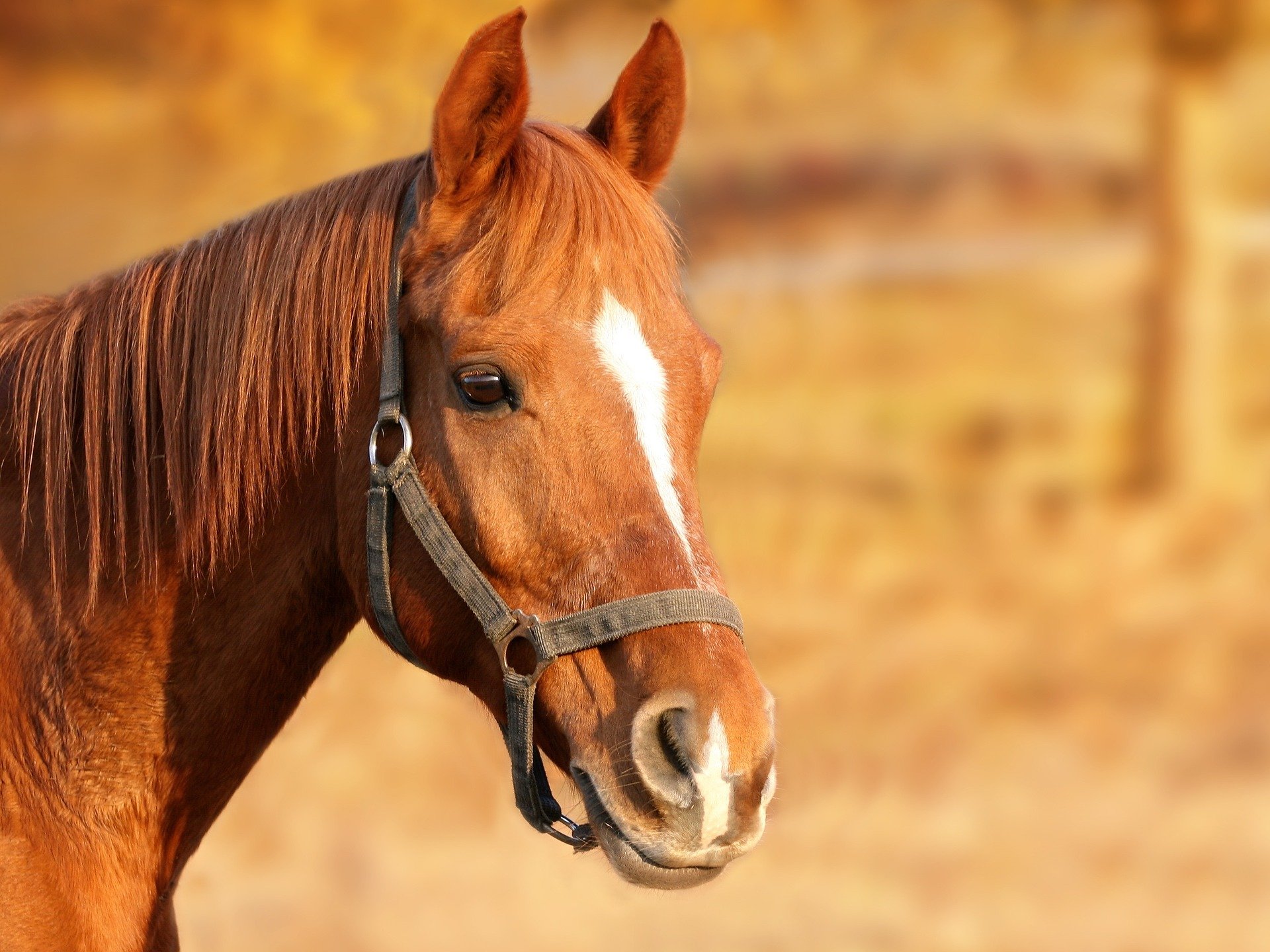Dermatitis is a very common disease of horses, everywhere in France and elsewhere. Dermatitis is an allergy of horses to insect bites (horseflies, flies, mosquitoes, midges…). It appears especially in summer, when insects proliferate. It is therefore often referred to as “summer dermatitis”. Being a source of very strong inconveniences for the horse, it is important to treat it well and especially to prevent its appearance.
Find out here how to eliminate flies on your horse!
What is horse dermatitis?

Horse dermatitis, also known as RDEE (Recurrent Summer Equine Dermatitis) can affect all horses. Once a horse has developed it once, it will recur every summer (hence the name). When a horse is bitten by an insect (especially culicoides), its skin reacts to the insect’s anticoagulant saliva. This allergic reaction varies depending on the genetic predisposition of the horses, although all breeds of horses can potentially be affected by summer dermatitis. The allergenic reaction manifests itself as itching of varying severity. The itching can lead to lesions, the severity of which can prevent the horse from being ridden in the most severe cases. It is therefore essential to properly diagnose your horse’s disease in order to relieve it.
What are the symptoms of horse dermatitis?
The first symptoms of horse dermatitis are small red pimples called “papules” that appear under the horse’s coat in the area of the bite. When the horse scratches, the hair breaks off, scabs appear and hair loss surrounds the wound. If the horse scratches too hard, it can lead to wounds with a risk of infection. Insect bites, and therefore dermatitis, are most often found on the neck, the base of the tail and the back (the areas where the horse cannot chase insects with its tail). The horse may also show some nervousness and possible weight loss due to the annoyance that disturbs him while eating. The diagnosis of summer dermatitis is made by observation of the clinical signs. In case of doubt, a skin biopsy can be performed to verify that it is indeed an allergic reaction.
How to prevent and treat the horse ?
Since this is an allergic reaction, there is no specific treatment for this horse disease. If the reaction is severe, your veterinarian may prescribe steroidal anti-inflammatory drugs to calm the itching. You can also use soothing shampoos and lotions to calm the itching.
The insects responsible for summer horse dermatitis, culicoides, proliferate when temperatures exceed 10-15°C, so they can be found in France from March until October. They prefer humid areas and are most active at dusk (19h-22h) or at dawn. They live outside so they don’t go into the stables very often. It is therefore preferable to keep a horse suffering from dermatitis in a box, as it will be less exposed to insects.
If your horse lives exclusively in the pasture, you can put a low-mesh fly blanket and mask on him, which will prevent insects from biting him. You can also use repellents, but their action is rather limited in time because of the strong perspiration of horses. Oils such as camphor oil and petroleum jelly can provide a protective screen against insects, but can burn the horse if it is in direct sunlight.
You should also choose a dry area, far from water or forests (at least 500m away) and clean the water tank regularly to avoid the development of larvae.
Also, a supplementation in omega 3 and 6, in particular flaxseed oil, will allow your horse’s epidermis to reconstitute itself and to calm the itching.



